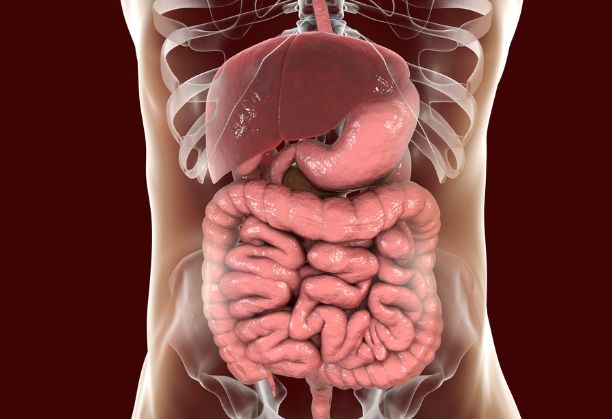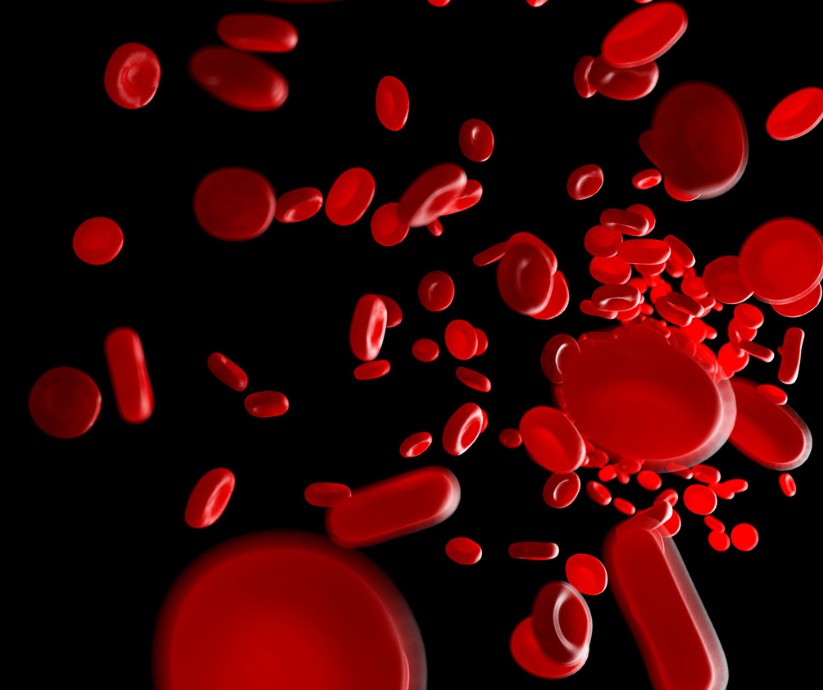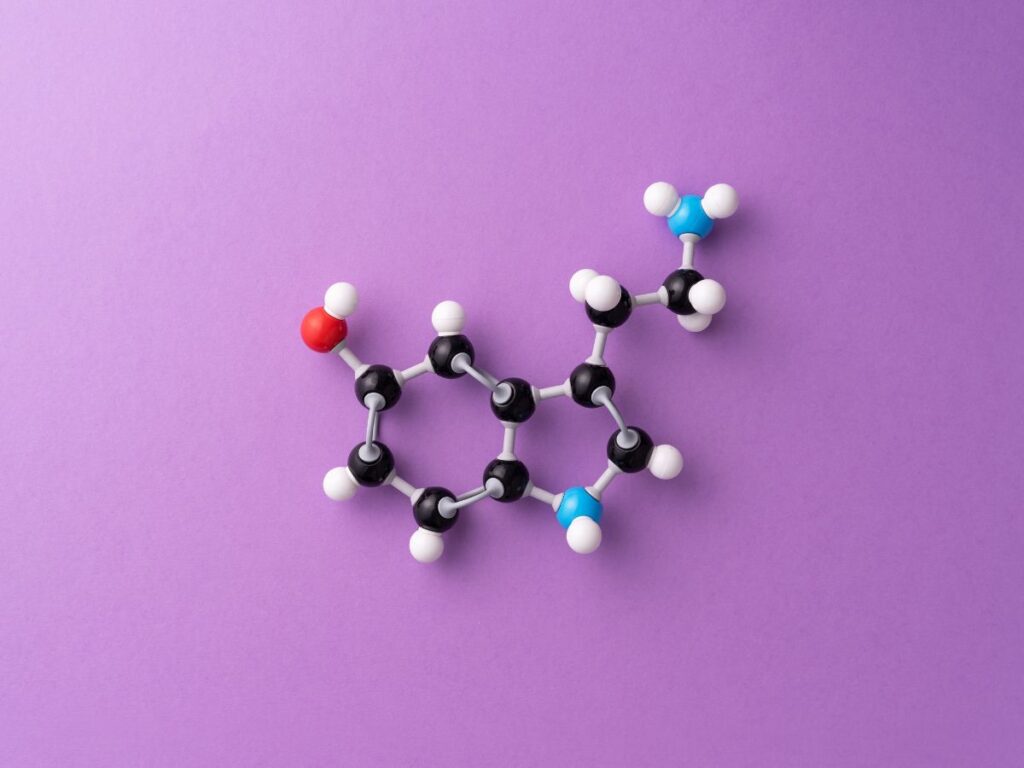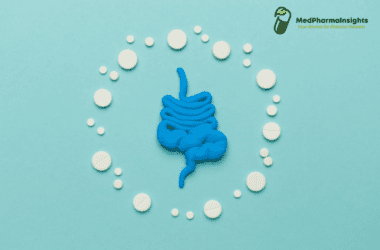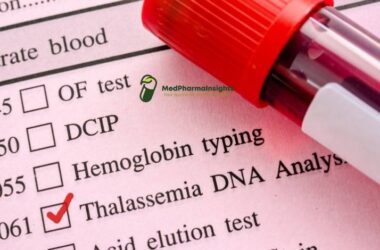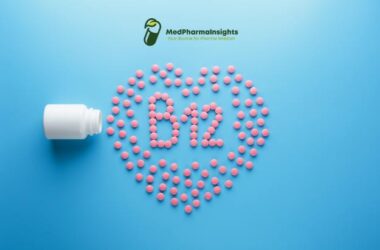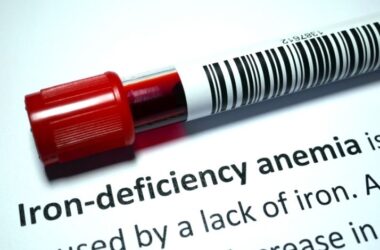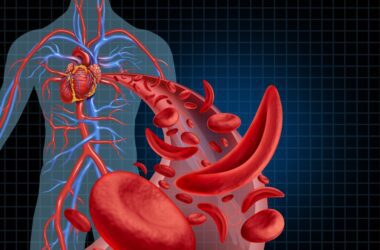Iron deficiency anemia (IDA) is a widespread health concern, but the good news is that it is highly treatable. The management involves treating Iron Deficiency Anemia naturally and by pharmacological interventions. This blog aims to explore both aspects, providing a comprehensive overview of the strategies employed to address iron deficiency anemia and restore optimal health.
Treating Iron Deficiency Anemia naturally:
Dietary Modifications:
The foundation of non-pharmacological treatment lies in dietary changes. Encouraging a diet rich in iron-containing foods such as red meat, poultry, fish, beans, lentils, and dark green leafy vegetables is crucial. Consuming vitamin C-rich foods alongside iron-rich meals enhances iron absorption.
Iron Supplementation:
Over-the-counter iron supplements, such as ferrous sulfate or ferrous fumarate, are often recommended. It’s essential to take these supplements as directed by a healthcare professional. However, some individuals may experience side effects like constipation or nausea, which can be mitigated by adjusting the dosage or switching to different formulations.
Lifestyle Changes:
Addressing underlying causes, such as managing heavy menstrual bleeding or treating gastrointestinal disorders contributing to blood loss, is crucial. Lifestyle modifications may also include avoiding excessive tea or coffee consumption during meals, as certain compounds in these beverages can hinder iron absorption.
Pharmacological Treatment:
Oral Iron Supplements:
The most common pharmacological treatment for iron deficiency anemia involves oral iron supplementation. Healthcare professionals may prescribe ferrous sulfate, ferrous gluconate, or other iron salts, adjusting the dosage based on the severity of the anemia and individual tolerance. Oral iron in the ferrous form is cheap, safe and effective in most patients. Depending on the state of the body’s iron stores, it may be necessary to continue treatment for up to 6 months to both correct the anemia and replenish body stores. The standard treatment is ferrous sulphate 200mg two to three times a day. It typically takes between 1 and 2 weeks for the hemoglobin level to rise 1 g/dL.


Erythropoiesis-Stimulating Agents (ESAs):
In some cases, particularly when anemia is associated with chronic kidney disease, ESAs may be prescribed. These medications stimulate the production of red blood cells, aiding in the correction of anemia.
Blood Transfusions:
In severe cases of iron deficiency anemia or when rapid correction is necessary, a blood transfusion may be recommended. This intervention provides an immediate boost in red blood cell count.
Intravenous Iron:
For patients unable to tolerate or absorb oral iron supplements, intravenous iron administration is a viable pharmacological option. This method ensures a more direct and efficient delivery of iron to the body. Intravenous iron administration carries a risk of anaphylactoid responses; however, the incidence seems to be lower with the newer products than with the older preparations, which are now discontinued. Cardiopulmonary resuscitation facilities and a test dosage should be provided to patients receiving the more recent licensed medicines, iron dextran (CosmoFer®), iron sucrose (Venofer®), iron III isomaltoside (Monofer®), and ferric carboxymaltose (Ferinject®). The body weight and iron deficiency are used to determine the dosage for each product.
Patient-Care
Iron supplementation with or after meals is customarily advised for patients, as it is thought to lower the risk of nausea. Patients should be informed that there is no need to concern if their feces darken. This is crucial for people who have experienced malaena because they can confuse their dark stools for the bleeding and fear that the gastrointestinal tract is still bleeding. It is important to talk about the duration of the treatment, adherence, and the fact that replenishing iron storage requires time.
In conclusion, treating iron deficiency anemia naturally may be a transformational and uplifting experience. We have looked at practical methods of treating iron deficiency anemia naturally by adopting a holistic strategy that places an emphasis on wholesome diets, thoughtful supplementation, and lifestyle changes. Several tactics have been clarified via the lens of this extensive guide, with a focus on the significance of comprehending our body’s wants and responding to them using natural remedies. The road to treating iron deficiency anemia naturally becomes more obvious and approachable with a strong dedication to self-care and wise decision-making. Let this trip be a monument to the effectiveness of holistic health methods and the significant influence they may have on our overall wellbeing.


